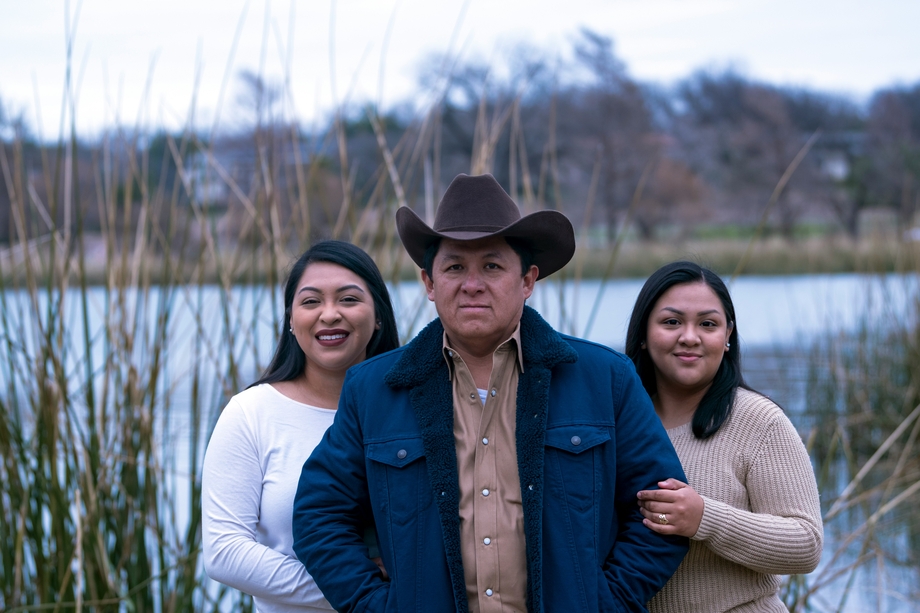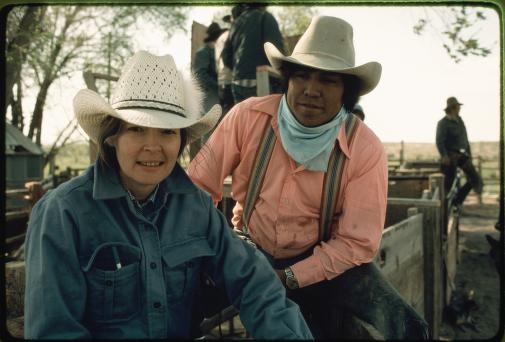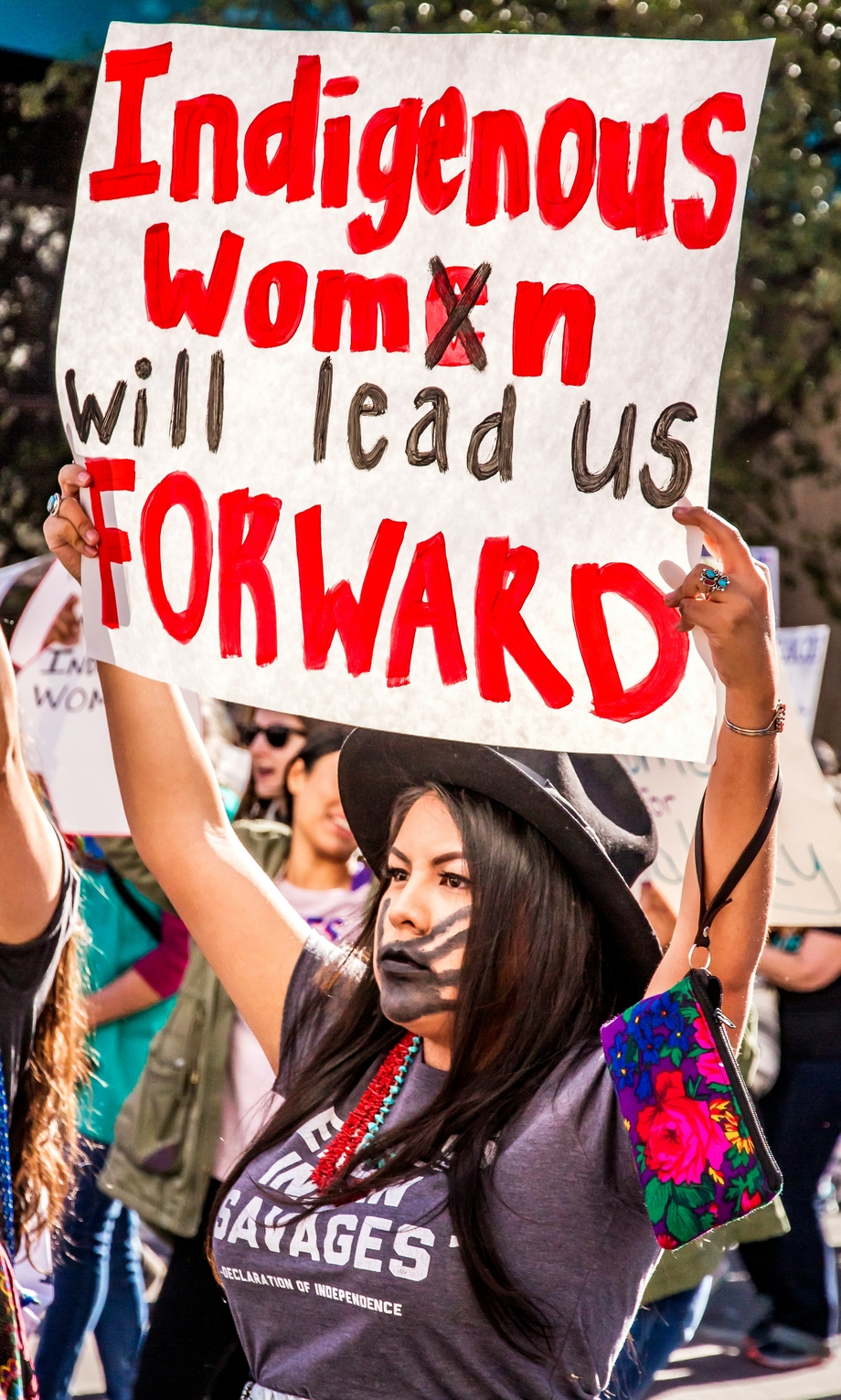This blog was written in partnership with Communications Shop.
Every ballot tells a story of land, survival, and sovereignty.
For many Native communities, voting is closely tied to issues of self-determination and the protection of future generations. This significance can vary significantly from one tribe or region to another. What remains consistent, however, is that access to the ballot is shaped by a long history of policies that have restricted Indigenous political power.
While these themes have been raised for decades by Native leaders and organizations, the barriers themselves are well-documented, and they continue to affect participation today.
,

,
From distance and barriers to mail delivery to voter ID laws and limited language access, systemic challenges continue to silence Native voices and weaken the foundation of our democracy.
The Distance Barrier
Across Indian reservations, the simple act of casting a vote can mean hours, even days, of travel. Some Native voters must drive more than 100 miles round-trip to reach the nearest polling place or post office.
With limited public transportation, unpaved roads, and harsh winter conditions, access to the ballot often depends on factors far beyond a person’s control.
,
,
These aren’t questions of motivation; they’re questions of access. When distance becomes a barrier, too many Native voices are left unheard.
The Address Barrier
In many Indian tribes, writing down an address can be anything but simple. Many Native communities live in rural or remote areas where there are no street names, house numbers, or mailboxes.
This lack of a formal address becomes a significant obstacle when it comes to voting. Voter registration systems, designed for urban and suburban environments, often require a “physical address” to determine a person’s voting district. Native voters have non-traditional mailing addresses that do not conform to the physical addresses required for voter registration.
,
The Path Forward: Protecting Native Voting Rights
Real voting access means recognizing that one-size-fits-all rules don’t fit every community.
The Native American Voting Rights Act (NAVRA), introduced multiple times in Congress, would help address many of these long-standing barriers.
NAVRA would ensure equitable registration, early voting, and Election Day polling places on Native lands. It would provide accommodations for voters without residential addresses or at-home mail delivery, and require universal acceptance of tribal IDs.
,

,
When a voter’s registration doesn’t match official address formats, ballots can be sent to the wrong precinct when they register to vote, resulting in their ballots being rejected. It’s a quiet form of disenfranchisement that begins long before Election Day.
The ID Barrier
Getting a government-issued ID seems straightforward. For many Native citizens, it’s not.
Some must travel 100+ miles one way to reach a DMV or licensing office. Even after making that journey, tribal IDs, documents born of tribal sovereignty, are sometimes not accepted under strict voter ID rules. And even in places where Tribal ID should legally be accepted, voters are still turned away.
That creates a painful contradiction: your legal identity may not be enough to vote.
,
To get involved in your community, search our 750+ Leagues.
,
The Language and Cultural Barrier
Voting materials tend to be created, first and foremost, in English. Yet many tribal elders or community members are not fluent or literate in English. With primarily oral languages, in-person translators may be needed, which poses an additional challenge for voters who are unable to vote in person due to disabilities or other circumstances.
Even with modern-day attempts to provide language assistance to language minority populations, the assistance still isn’t enough to empower many Native people to cast their ballots. Without accessible translation or culturally aware outreach, these voters may be eligible, but they aren’t able to make their voices heard.
,
,
Democracy that silences some languages while elevating others simply isn’t democratic.
The Internet Access Barrier
Over 90% Indian reservations lack reliable broadband internet, which limits access to online registration, election updates, and official information. Without connectivity, voters can’t easily confirm deadlines, polling places, or mail ballot procedures, leaving many isolated from civic participation.
In today’s digital democracy, connectivity is more than convenience; it’s access.
Systemic and Institutional Barriers
Compounding policies and neglect create a system that suppresses millions of voters.
- Voter registration applications are sometimes rejected or delayed because addresses don’t match expected formats.
- Some Indian tribes receive little to no funding for registration drives or outreach.
- Gerrymandering and district maps that split tribal communities weaken their political influence.
- Poverty, housing instability, or homelessness in tribal lands further complicate registration efforts.
These barriers stem from systems and policies that were not designed with the realities of Indian reservations or Indigenous sovereignty in mind.
,

,
,
Passing NAVRA is a crucial step toward ensuring every Native voter has an equal voice in our democracy.
Beyond One-Size-Fits-All Democracy
True democracy requires recognizing that access must be equitable and responsive to the lived realities of every community.
Native voters deserve fair, accessible, and culturally relevant opportunities to make their voices heard. Efforts to strengthen democracy must include solutions that reflect the realities of life on Indian reservations, from protecting ballot collection to improving access to mail and the internet, and ensuring translation services for Native languages.
During National Native American Heritage Month, we recognize and honor the strength, sovereignty, and resilience of Native nations, as well as the ongoing advocacy led by Native organizations in their efforts to protect voting rights.
Their participation is not just vital to democracy; it defines it.
We honor your past.
We listen to your present.
We stand with your future.